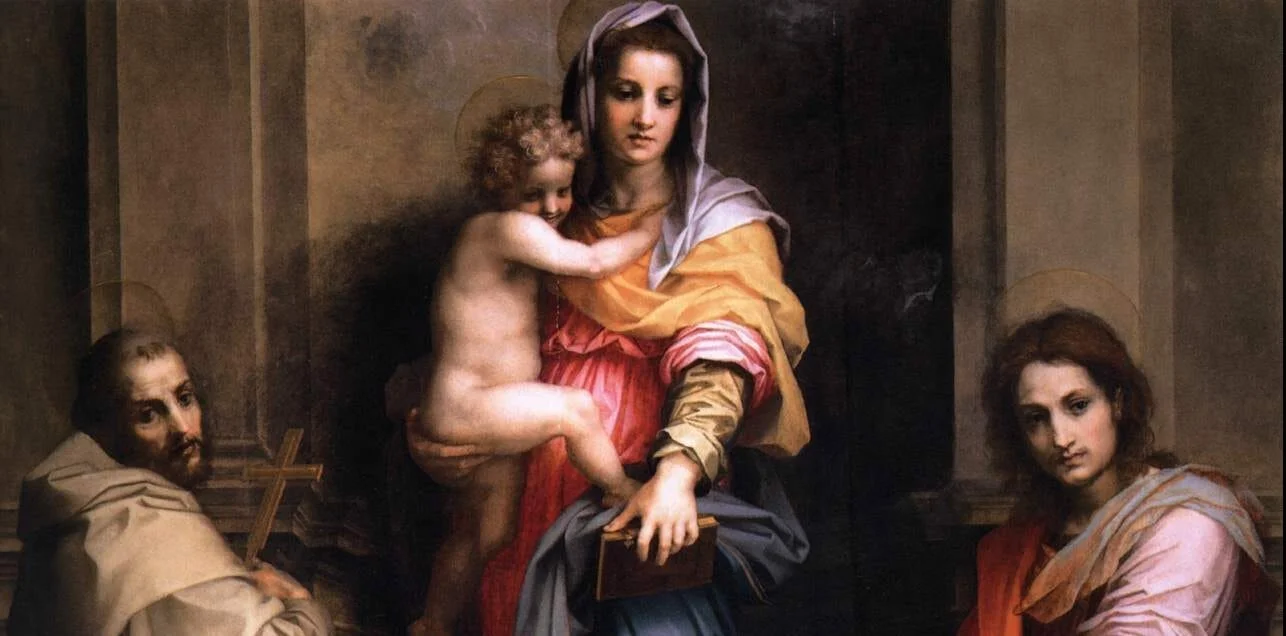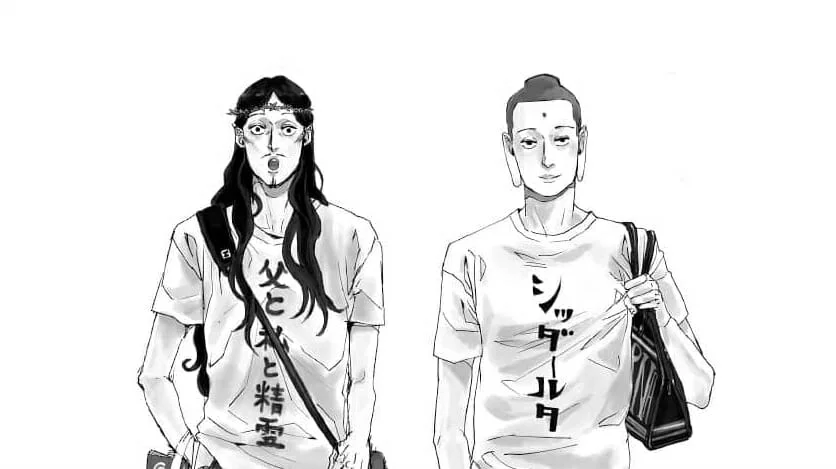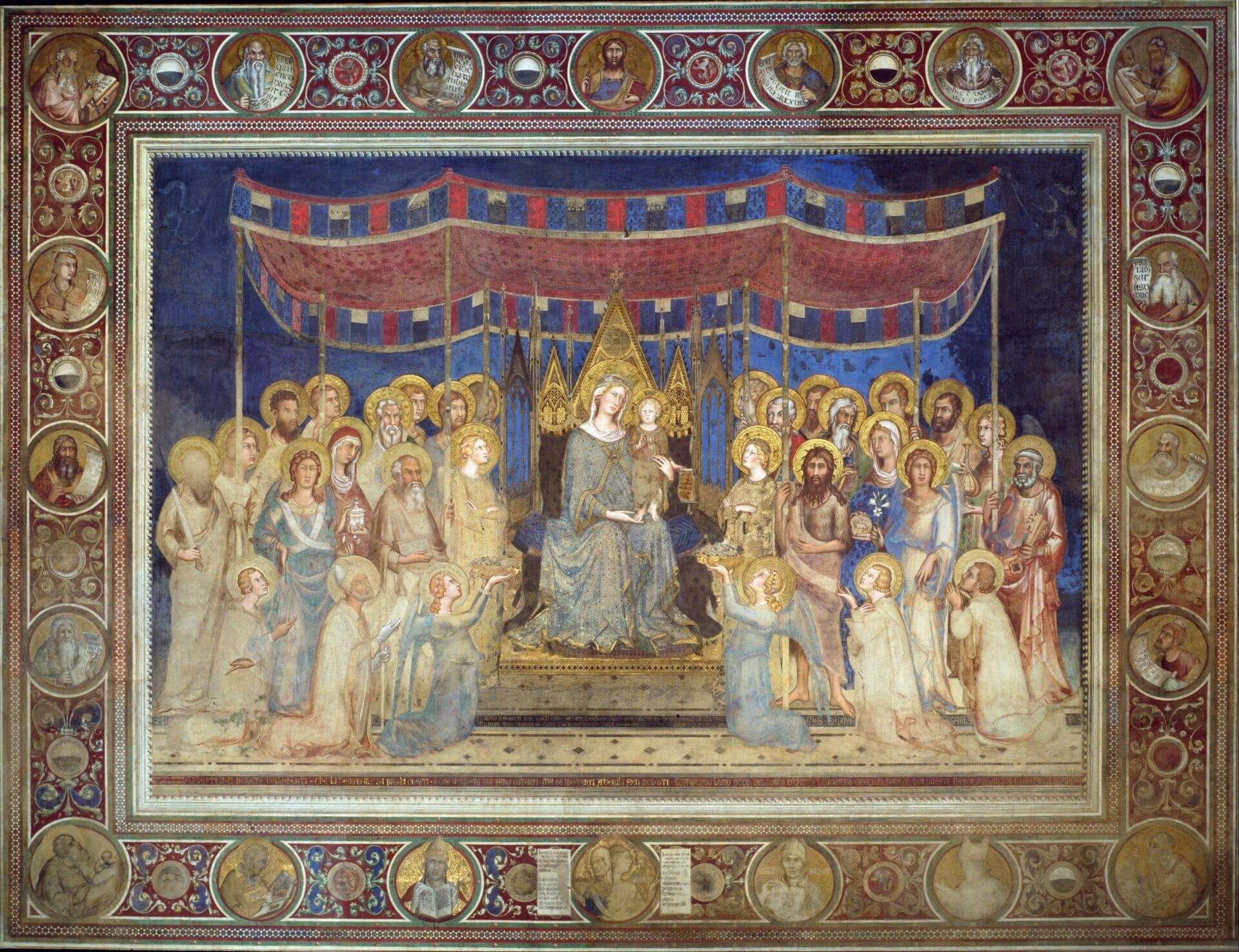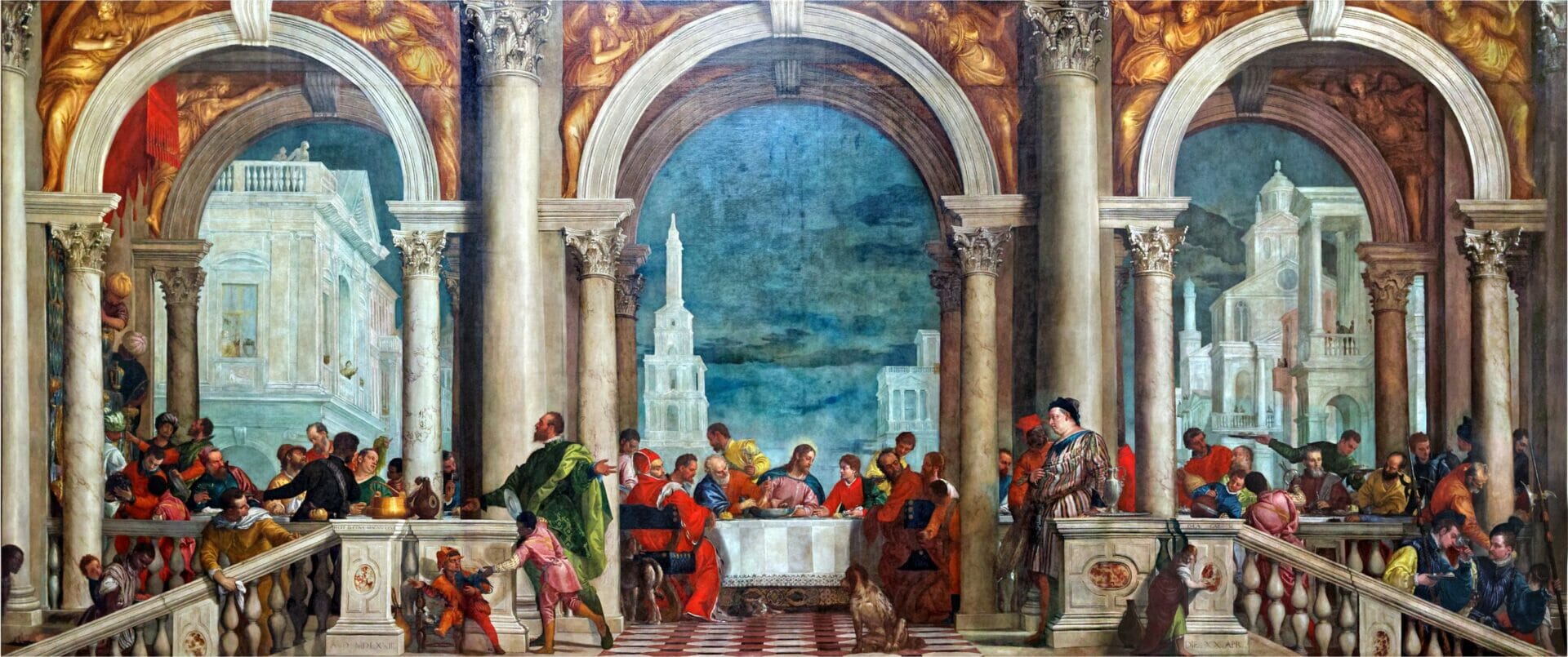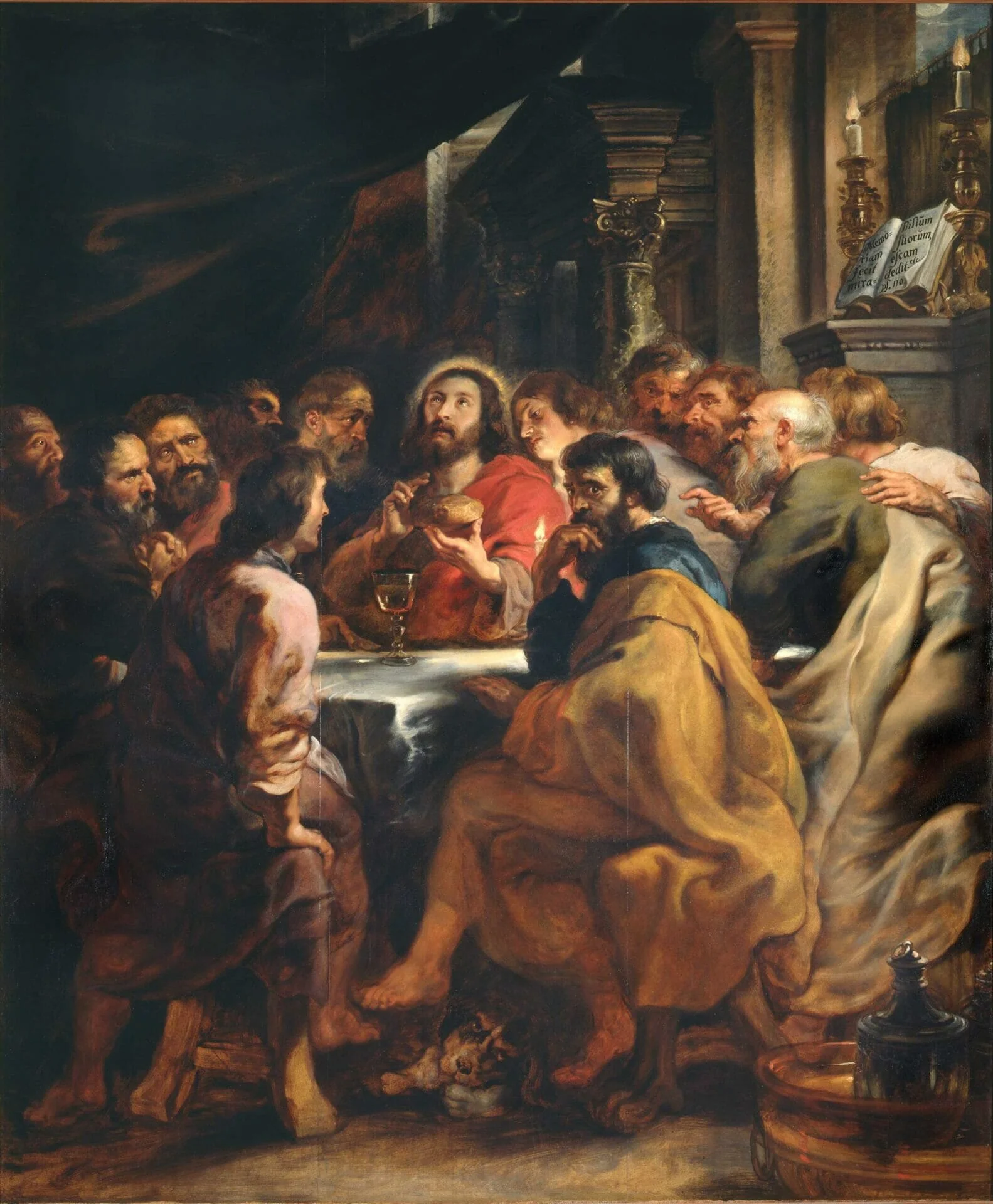
One of the most controversial figures in history told through his artistic representations.
Judas Iscariot was one of Jesus’ twelve apostles and a key figure during Christ’s passion. The apostle, according to the New Testament, betrayed Jesus for thirty denarii through the gesture of a kiss, the kiss of Judas; for this reason, the Christian tradition considers him the man who symbolizes treason. Many artists have depicted this gesture in their works, such as Giotto, one of the most influential Italian painters of the 14th century, in his Kiss of Judas.

Judas and the demonic animals
Judas is often portrayed as a young man with hair of a particular color that alternates between yellow and red; these two colors are mixed to generate a third color that can today be associated with a tawny color. This is the color that artists used to paint the skin and fur of demons, and it is no coincidence that it is the same color as the fur of foxes. In medieval Bestiaries, veritable encyclopedias of fauna in which the description of animals was followed by a symbolic interpretation of their behavior in a Christian key, the fox was considered a malicious, cunning, and treacherous animal. But associations with animals do not stop with this example. At other times, however, the apostle’s stocky physique and hirsute body are reminiscent of Satan’s beasts, such as the bear and the boar.
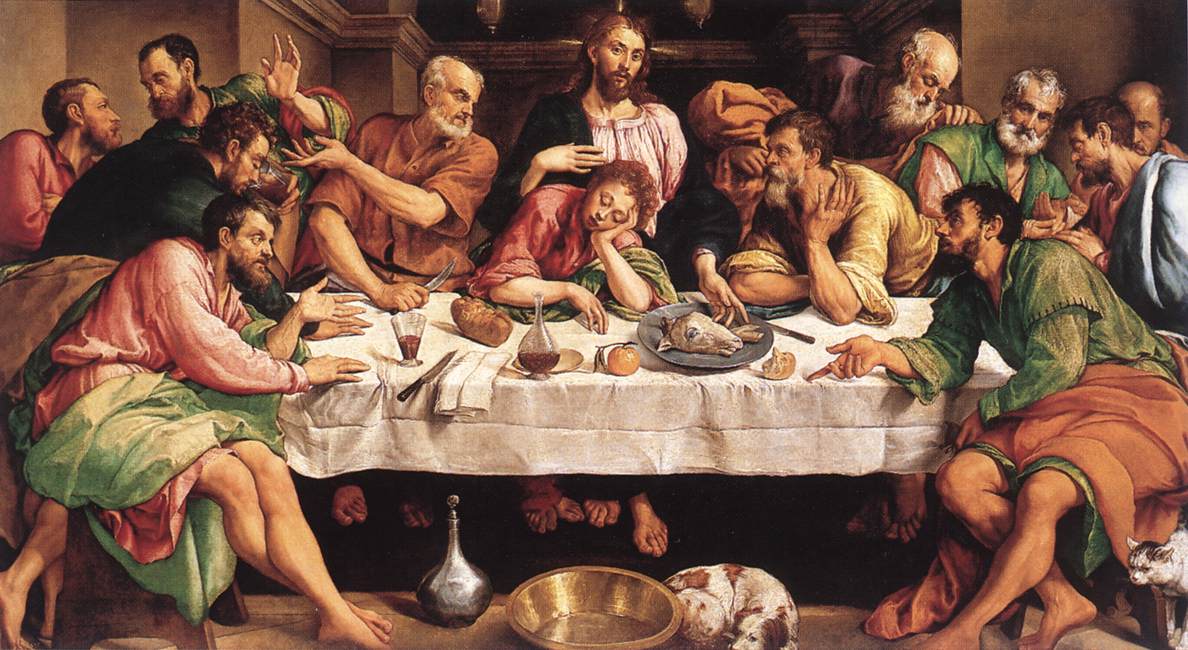
Another animal symbolizing evil and disloyalty is the cat, and it is no coincidence that the small feline always accompanies the representation of Judas in the Last Supper, for example in the Last Supper by Jacopo da Ponte, known as Jacopo Bassano. The figure of the cat contrasts with that of the dog, the emblem of Loyalty. In this work, Judas can also be identified by the bag with the thirty denarii inside, which he holds in his left hand.
The representation of the traitor at the Last Supper
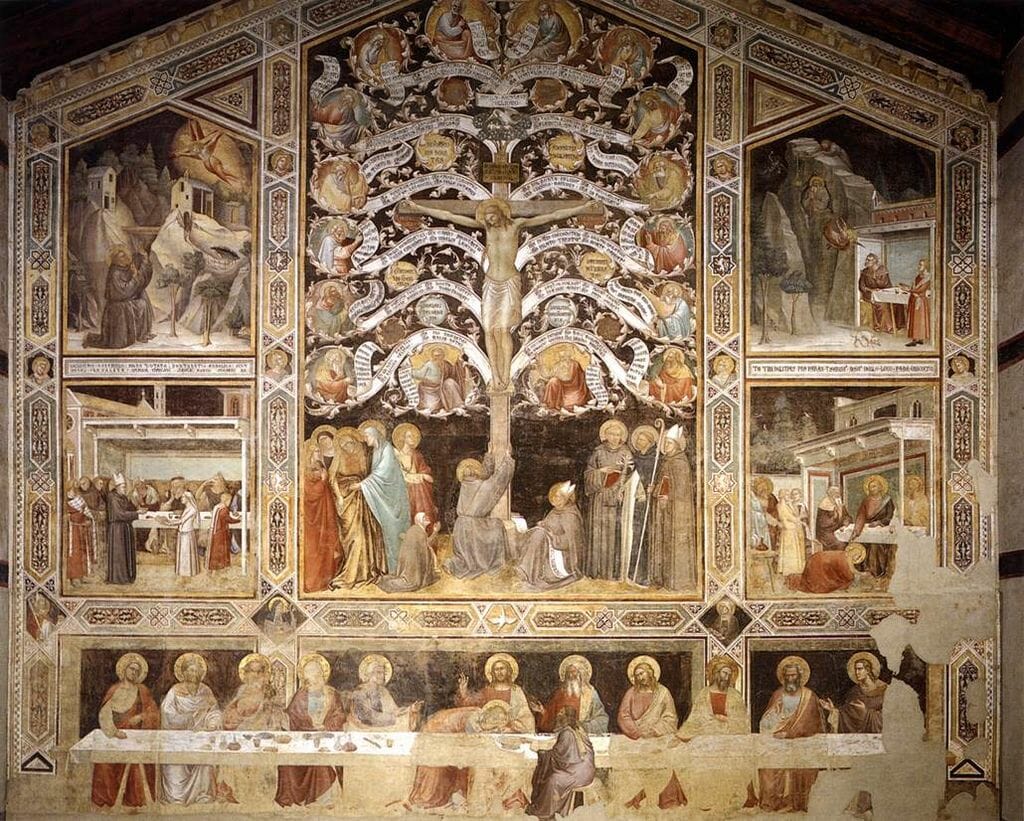
Often, artists depicted Judas in profile: for a long time, medieval artists depicted negative characters in profile and this allowed the audience to immediately identify the villain of the scene. Judas, at other times, sits on the other side of the table, or is on the sidelines, as in Taddeo Gaddi‘s Last Supper in Santa Croce. In the Gospel of John 13:21, Jesus announces that one of his apostles will betray him – Judas Iscariot, and this is the scene of the painting. In this work, the apostle traitor is in profile, with his back to the other side of the table.
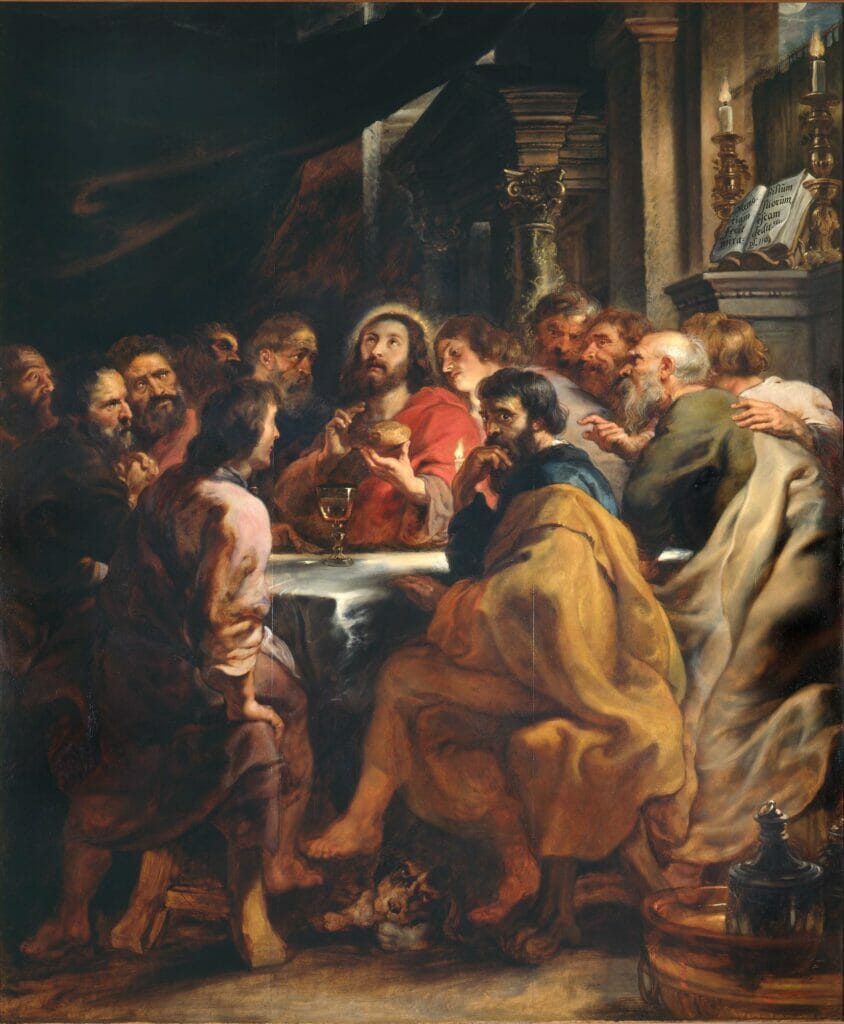
On the contrary, in the Last Supper by Peter Paul Rubens, Judas is the only one who, instead of looking at Jesus, turns his gaze towards the spectator, breaking the fourth wall. The apostle’s bewildered and guilty look is what allows the spectator to identify him immediately.
Another point of view
For centuries, there has been discussion about the figure of Judas. The 1970 musical Jesus Christ Superstar, hence the 1973 film of the same name, features Judas (played by Carl Anderson) as the narrator and co-protagonist of the play. In the musical, Judas reveals himself to be one of the most lucid, rational, and pragmatic followers of Jesus. After the betrayal, he recognizes himself and emphasizes to the audience how he was a fundamental instrument for the fulfillment of Jesus’ destiny.
This way, Jesus Christ Superstar succeeds in rehabilitating Judas, multifaceted the character, and redeeming him from the secular role of traitor.


